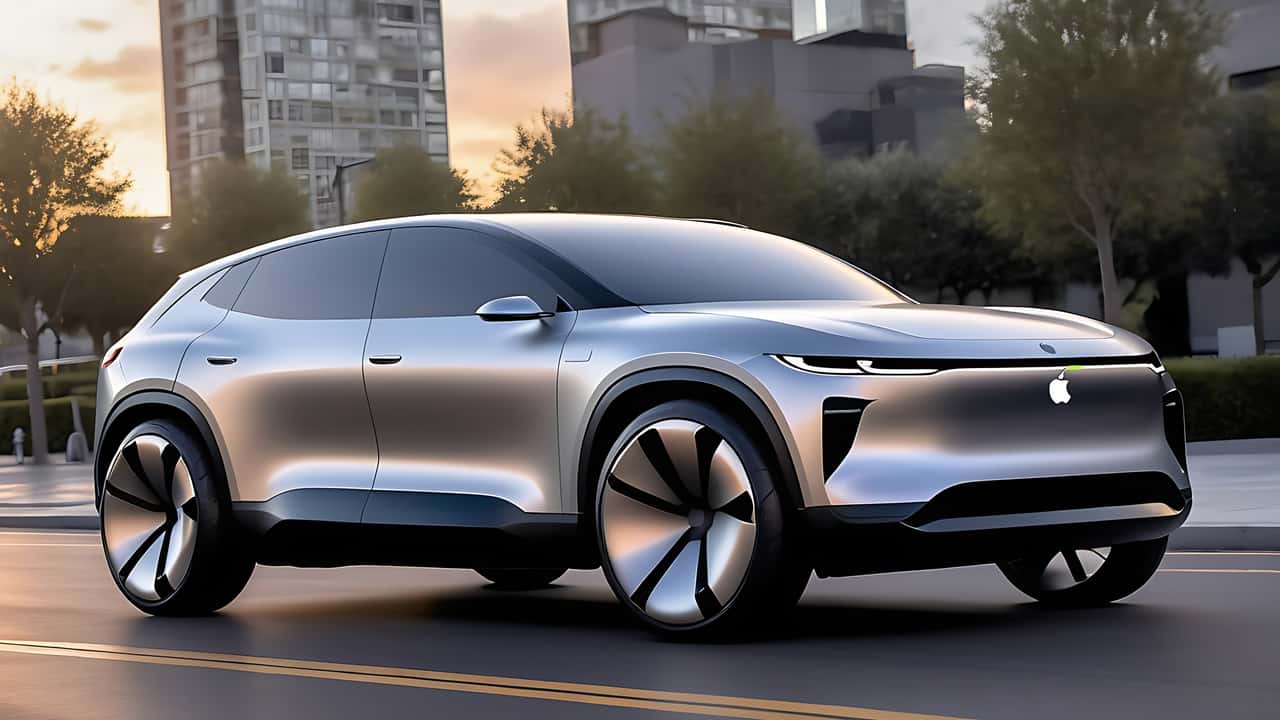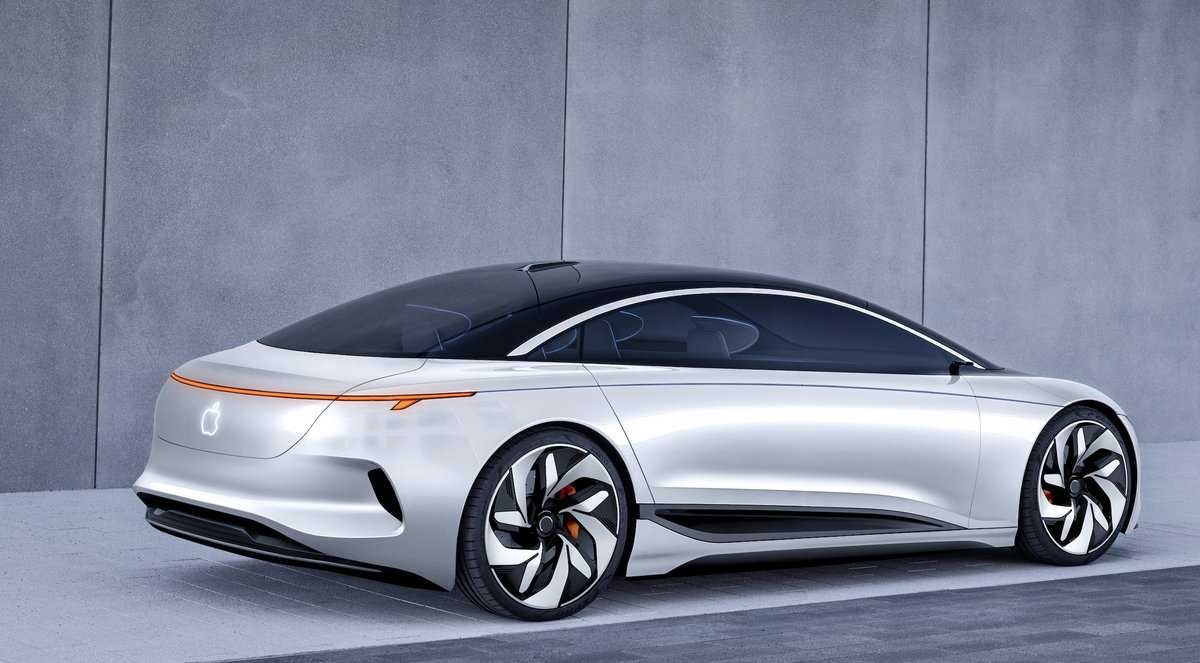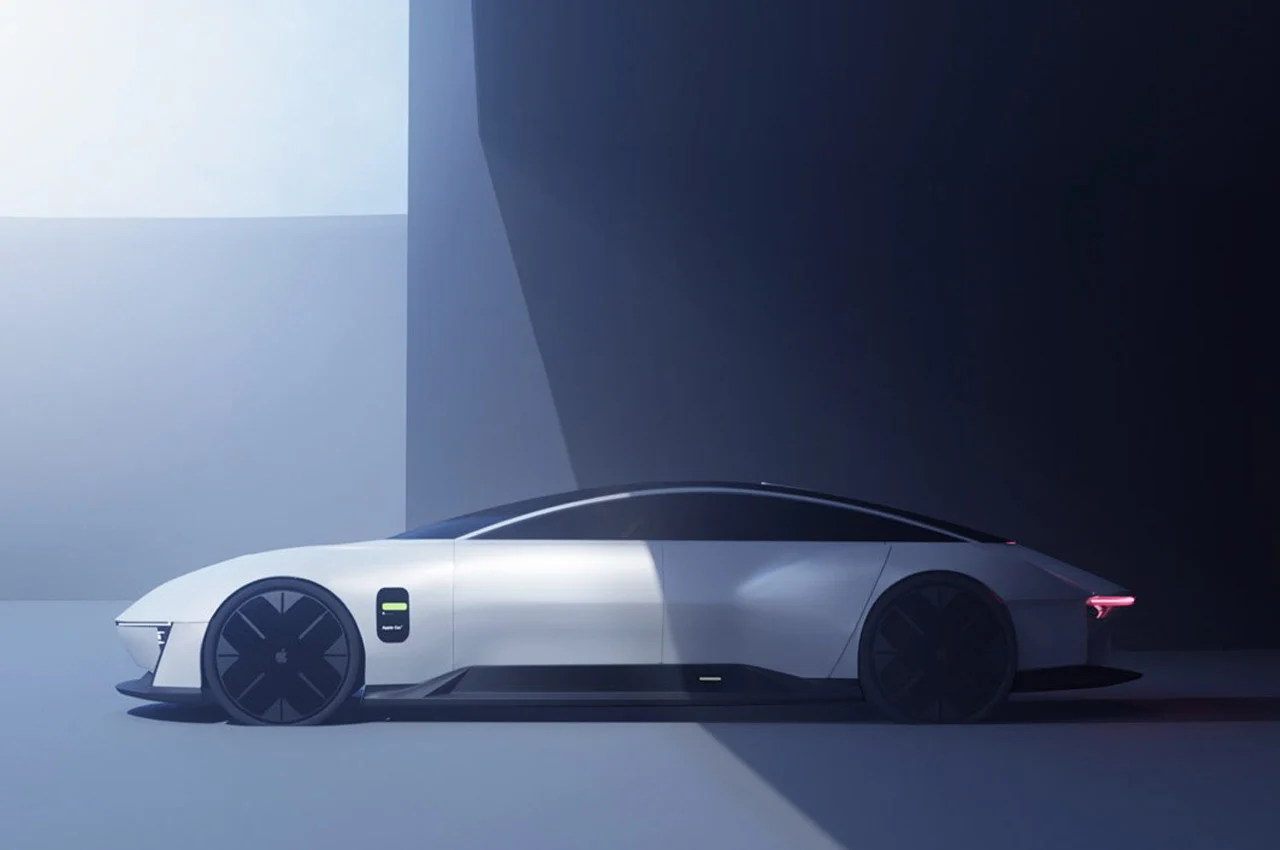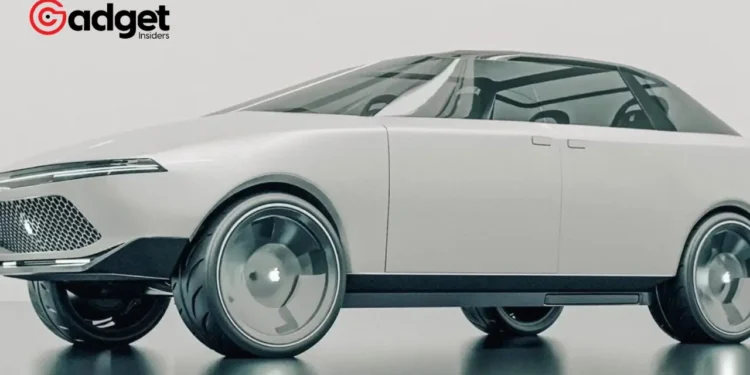In the ever-evolving world of technology and innovation, Apple Inc. has consistently stood at the forefront, pushing the boundaries of what’s possible. However, not all of Apple’s ambitious projects reach the public eye, and some, like the intriguing electric vehicle project Apple Car dubbed internally as the “Bread Loaf,” become legends in their own right.
This venture, part of the highly secretive “Project Titan,” showcases Apple’s bold foray into the automotive industry and its subsequent strategic pivot.

The Genesis of “Bread Loaf”
The journey into Apple’s automotive aspirations brings us to the creation of a prototype that was anything but ordinary. Known among Apple employees as the “Bread Loaf,” this electric vehicle prototype was a leap into uncharted territory for the tech giant. Crafted in 2020, the “Bread Loaf” was not your typical electric vehicle.
Its distinctive minivan design, complete with rounded sides, an all-glass roof, sliding doors, and whitewall tires, set it apart from anything on the market. This unique approach to electric vehicle design underscored Apple’s commitment to innovation, albeit with a touch of whimsy that the project’s moniker implies.

Apple Car: The High Stakes Demo
At the heart of “Project Titan” was a demonstration that aimed to do more than just showcase a new vehicle; it sought to impress Apple CEO Tim Cook. The demonstration, meticulously scripted and engineered for Cook’s safety, was the culmination of nine months of rigorous preparation by the Apple team.
This highly controlled presentation was designed to highlight the prototype’s conditionally automated driving capabilities, suggesting a future where the computer takes the wheel, yet allows the driver to intervene when necessary. However, the demonstration did more than just showcase the technology at hand; it set the bar higher.
Cook and other top executives were so impressed by the demo that they envisioned a future where Apple’s vehicle could offer a full suite of self-driving sophistication, capable of navigating any situation autonomously. This ambitious vision, inspired by the initial success of the demonstration, reflects Apple’s drive toward redefining mobility and automation.
Apple's car prototype was internally called the 'Bread Loaf' because of its shape: Bloomberg https://t.co/ywPGpxXrAi
— Insider (@thisisinsider) March 7, 2024
Project Titan: A Strategic Pivot Amidst Industry Shifts
Despite the initial enthusiasm and groundbreaking work on the “Bread Loaf,” Apple’s electric vehicle project faced an uphill battle.
The broader electric vehicle market began showing signs of a slowdown, with demand for expensive, premium EVs tapering off in the U.S. Major automakers, including Ford and Tesla, announced delays in their EV infrastructure investments, signaling a shift in the industry’s momentum.
This changing landscape, coupled with the challenges inherent in breaking new ground, led Apple to make a strategic decision. On February 27, the company officially shelved “Project Titan,” marking the end of nearly a decade of work toward an Apple-branded electric vehicle.
This decision, while marking the conclusion of the “Bread Loaf” chapter, also opens up new questions about Apple’s future direction and its potential impact on the technology and automotive industries.

Reflecting on Apple’s Automotive Ambition
Apple’s foray into electric vehicles with the “Bread Loaf” prototype offers a fascinating glimpse into the company’s innovation culture. It showcases the lengths to which Apple is willing to go to explore new territories and redefine existing paradigms.
While the project may have been shelved, the lessons learned, and the sparks of innovation ignited by this venture will undoubtedly influence future projects and strategies at Apple. As the electric vehicle market continues to evolve, Apple’s brief but memorable journey into automotive design leaves a lasting imprint on the industry.
The “Bread Loaf,” with its distinctive design and ambitious vision, stands as a testament to Apple’s unwavering pursuit of innovation, challenging us to imagine what the future of mobility might hold.










